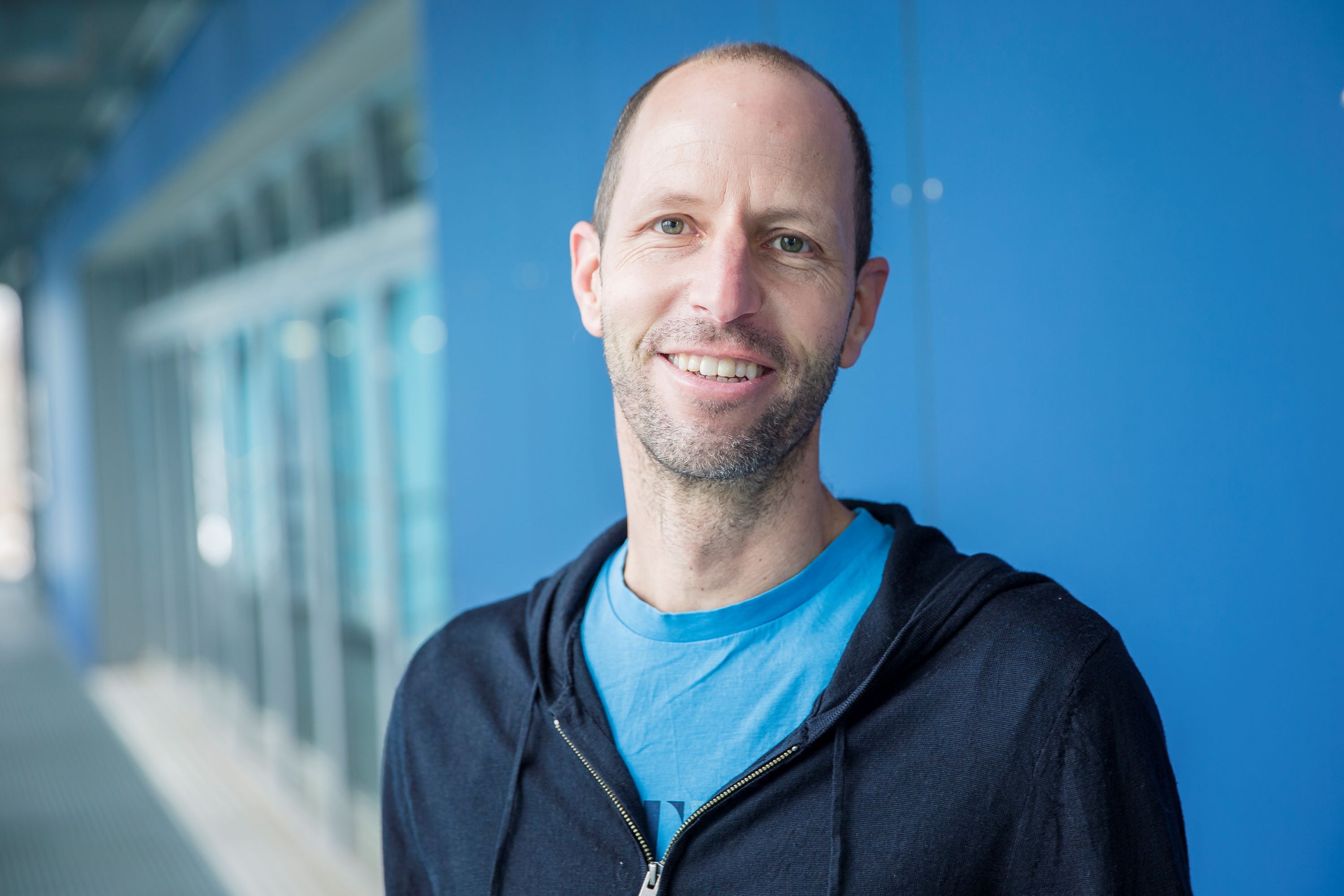Early detection through wastewater: How monitoring viruses contributes to preventive healthcare
In Switzerland, wastewater samples are regularly analysed for viruses such as SARS-CoV-2, influenza and RSV. Since July 2023, this has been carried out by 14 major sewage treatment plants to cover as large a proportion of the population as possible. This method enables early detection of pathogens and provides valuable information for health authorities and patients at risk. In this interview, Christoph Ort from the Swiss Federal Institute of Aquatic Science and Technology (Eawag) explains how wastewater data can help to recognise emerging waves of infection at an early stage.
Text by Franziska Iff, Emily Lim, Eva Maria Hodel
How often are wastewater samples analysed for viruses?
Christoph Ort: Eawag analyses samples four times a week for the respiratory viruses SARS-CoV-2, influenza A and B viruses and RSV. Wastewater samples from the Bendern sewage treatment plant in the Principality of Liechtenstein are analysed three times a week by a local laboratory.
| SARS-CoV-2 | Severe acute respiratory syndrome coronavirus type 2 |
| RSV | Respiratory syncytial virus |
Does wastewater monitoring help with the early detection of dangerous pathogens?
Yes, especially when few people get tested or tests are difficult to obtain. During the Covid-19 pandemic, wastewater monitoring reliably showed the development of infection and helped to recognise the spread of new virus variants at an early stage. In some cases, new variants were detected in wastewater in Switzerland up to a month or even earlier than with individual tests on people.
How many pathogens can be detected per sample?
Four respiratory viruses can currently be detected simultaneously with a single PCR analysis: SARS-CoV-2, influenza A and B viruses and RSV. This ‘multiplex’ technology saves a lot of time and money and enables reliable quality control of the results. Eawag is working on developing similar analyses for other viruses, such as Mpox, to be prepared to monitor these if needed in the near future.
| PCR | Polymerase chain reaction; at Eawag used to check for genetic material of the viruses of interest in a wastewater sample |
How quickly are results available?
As a rule, the results are available around four days after the sample is taken. As soon as a person excretes viral RNA, it usually reaches the respective sewage treatment plant within two hours, where samples are collected over 24 hours. For cost reasons, however, samples are only transported to the laboratory once a week, meaning that the most recent result is a maximum of four days old.
| RNS | Ribonucleic acid; genetic material of certain viruses |
What measures can wastewater monitoring influence?
Wastewater monitoring shows infection trends at an early stage, which are used by doctors and especially high-risk patients to recognise rising case numbers. Doctors in hospitals can use the wastewater data to predict how hospitalisations will develop. Many high-risk patients also use this data to decide whether they should take protective measures such as working from home or wearing a mask.
Could wastewater also be analysed in smaller areas?
Yes, in theory, wastewater could be sampled specifically in certain neighbourhoods or facilities such as care homes, but then with so-called passive samplers because there are no permanently installed sampling devices. At best, a single case could be detected in this way - but perhaps not, as only about every second person excretes significant amounts of SARS-CoV-2 RNA. A negative result is therefore no guarantee that there is no infected person there; conversely, a positive result could be caused by a person not living in the area. This also raises the ethical question of where the public interest lies and at what point privacy is no longer protected.
Is real-time measurement possible?
Some companies already offer real-time analyses directly at the sewage treatment plant, which can provide data within an hour. However, these methods are less sensitive and less accurate than laboratory analyses and are based on random samples, not 24-hour composite samples. In addition, real-time methods do not (yet) allow RNA extracts to be archived and analysed retrospectively, which is possible with laboratory analyses, as these RNA extracts are preserved at -80 °C.
Detailed information on the measurement methodology and terminology can be found on the Eawag website. The current data are published on the new dashboard.


